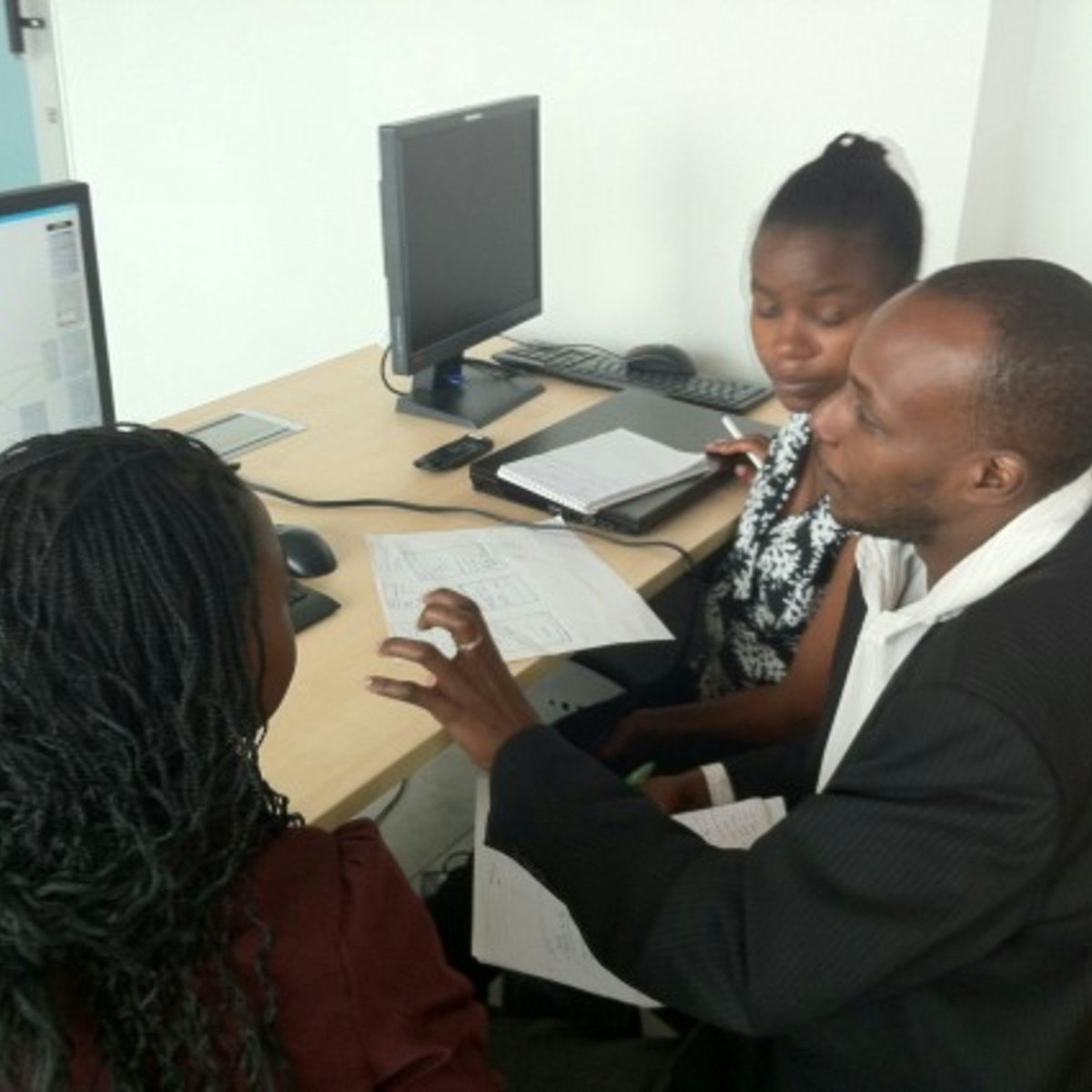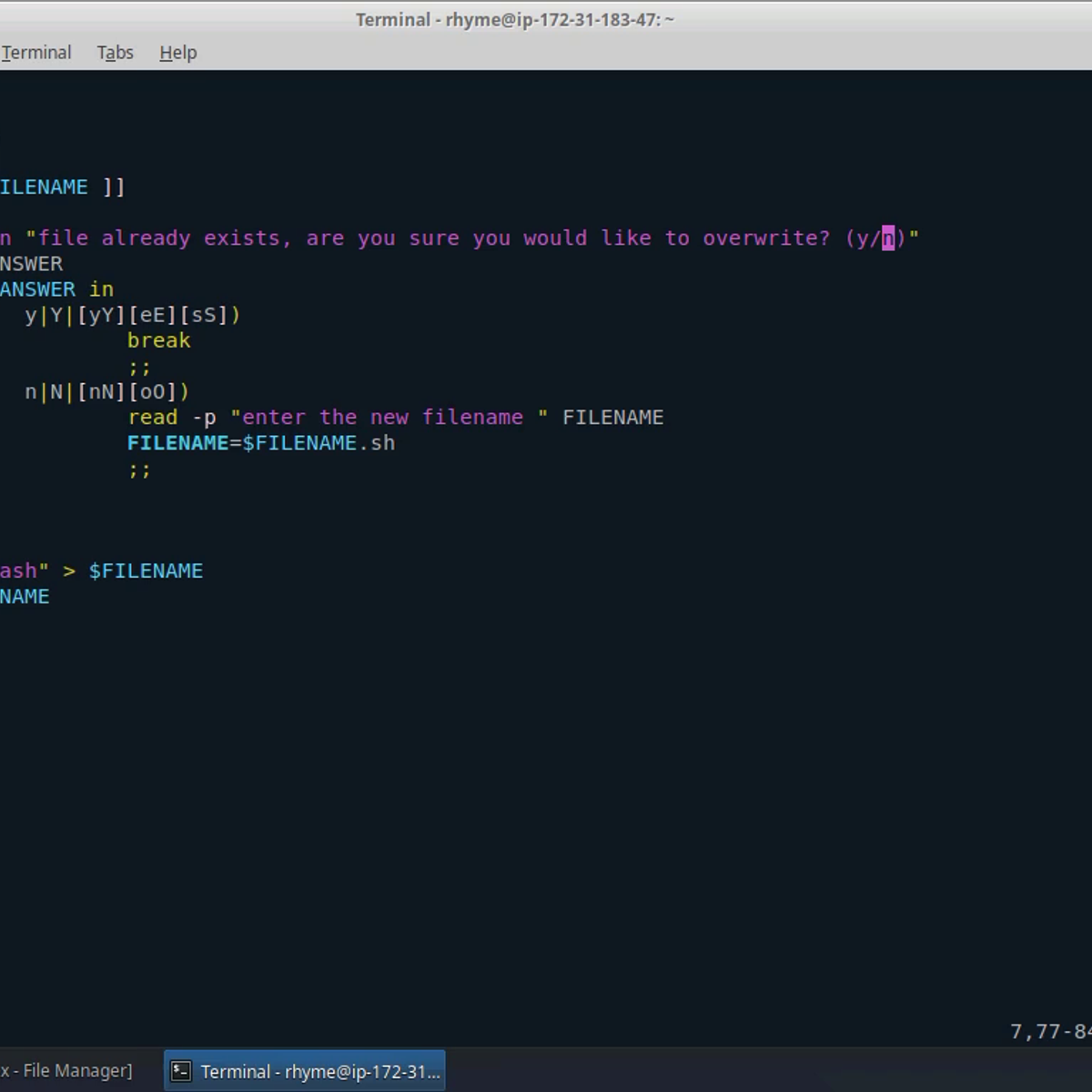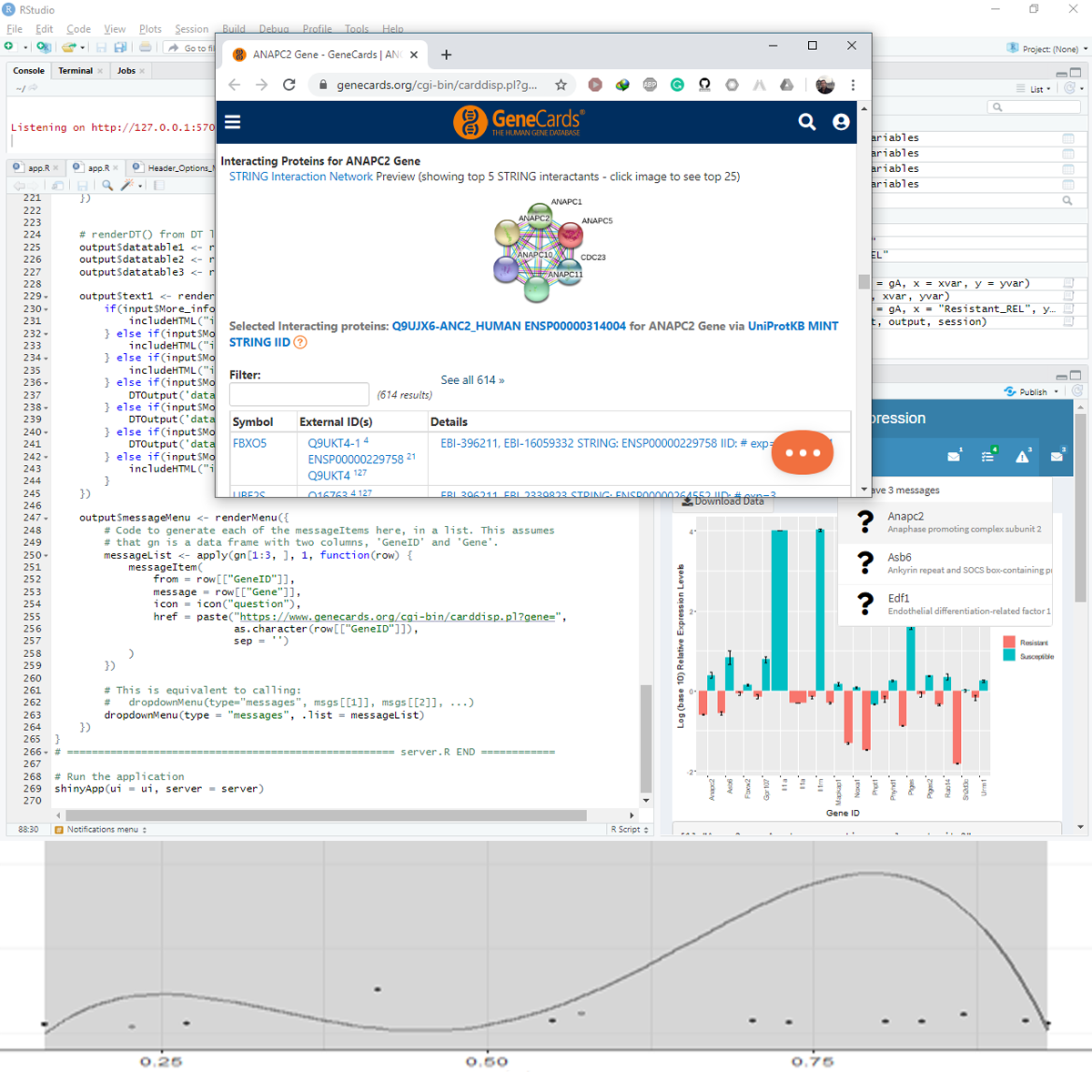Back to Courses









Computer Science Courses - Page 184
Showing results 1831-1840 of 2309

Introduction to Meteor.js Development
In this course, you will learn how to create a complete, multi-user web site using the Meteor.js framework and MongoDB. You will implement user authentication, security features, reactive templates and routing using iron router. You will carry out key database operations such as inserting, removing and updating data as well as sorting and filtering. You will see how a complete application can be built, line by line.
At the end of the course, you will be able to:
1. Install the Meteor.js system and create a web application
2. Work with the Meteor.js packaging system
3. Write Meteor.js templates that can reactively display data
4. Use insert, remove and update operations on MongoDB
5. Write MongoDB data filters to search for and sort data
6 .Add user authentication functionality to a website
7. Control what is displayed on the page using iron:router
8. Implement basic security features
In this course, you will complete:
1 server install assignment taking ~1 hour to complete
1 programming assignment taking ~8 hours to complete
4 quizzes, each taking ~20 minutes to complete
multiple practice quizzes, each taking ~5 minutes to complete
Prerequisites
This course is designed to build on top of the material delivered in the previous two courses in this specialisation. Therefore, we recommend that if you find this course too technically challenging that you first complete the previous courses before re-commencing this one. Specifically, we expect you to be able to code basic HTML, CSS and Javascript before you take this course.
Participation in or completion of this online course will not confer academic credit for University of London programmes.

Performing Real Time Analytics with Stream Analytics
In this 1-hour long project-based course, you will learn how to (stream and process events with Azure Stream Analytics, data Ingestion with Event Hubs, processing data with Stream Analytics Jobs).
Note: This course works best for learners who are based in the North America region. We’re currently working on providing the same experience in other regions.

Evaluating User Interfaces
In this course you will learn and practice several techniques for user interface evaluation. First we start with techniques that can be applied alone or in a design team, including action analysis, walkthroughs, and heuristic evaluation. Then we move on to user testing, including learning from a series of usability tests carried out in a real usability lab, and techniques to carry out your own tests even without a lab. Finally, we wrap up the discussion of evaluation--and of UI Design in the specialization as a whole--by looking at the question of how to set and measure usability goals, and in turn, when a design is usable enough to release it.

Automation Scripts Using Bash
In this 2-hour long project-based course, you will learn how to create Bash scripts that automates long and tedious tasks, evaluate and review some of the most commonly-used linux commands, and understand concepts such as conditional statements, loops, piping, and redirection to create powerful scripts.
Note: This course works best for learners who are based in the North America region. We’re currently working on providing the same experience in other regions.

Analyzing Video with OpenCV and NumPy
In this one hour long project-based course, you will learn the basics of reading, analyzing and writing video using Python, NumPy and OpenCV. We will be working with a short documentary film which is in the public domain, so we are free to download and manipulate it. We will read in the video data frame-by-frame, examine the contents and modify them from Python.
By the end of this project, you will have analyzed a video at the pixel level, modified its contents and created a new video file
Note: This course works best for learners who are based in the North America region. We’re currently working on providing the same experience in other regions.

C++ Inheritance, Aggregation and Composition
In this project you will create a C++ application that inherits from a Car class and use aggregation and composition in a class that uses one to many Car objects.
A hallmark of Object-Oriented programming is code-reuse. Code re-use allows the developer to use tried and tested code, which results in more reliable code and saves in development time as well. In Object-Oriented Programming in a language such as C++, code re-use can be accomplished in two distinctive ways. One way is to inherit from an existing class by extending its existing functionality. Another common way to re-use code is through aggregation and composition. In aggregation, the class is made up of other existing classes that may exist independent of the child class. In composition, the child class depends on its parent for existence.
Note: This course works best for learners who are based in the North America region. We’re currently working on providing the same experience in other regions.

Get Familiar with ML basics in a Kaggle Competition
In this 1-hour long project, you will be able to understand how to predict which passengers survived the Titanic shipwreck and make your first submission in an Machine Learning competition inside the Kaggle platform. Also, you as a beginner in Machine Learning applications, will get familiar and get a deep understanding of how to start a model prediction using basic supervised Machine Learning models. We will choose classifiers to learn, predict, and make an Exploratory Data Analysis (also called EDA). At the end, you will know how to measure a model performance, and submit your model to the competition and get a score from Kaggle.
This guided project is for beginners in Data Science who want to do a practical application using Machine Learning. You will get familiar with the methods used in machine learning applications and data analysis.
In order to be successful in this project, you should have an account on the Kaggle platform (no cost is necessary). Be familiar with some basic Python programming, we will use numpy and pandas libraries. Some background in Statistics is appreciated, like as knowledge in probability, but it’s not a requirement.

Object-Oriented Java: Inheritance and Encapsulation
Code and run your first Java program in minutes without installing anything!
This course is designed for learners with limited coding experience, providing a solid foundation of not just Java, but core Computer Science topics that can be transferred to other languages. The modules in this course cover inheritance, encapsulation, polymorphism, and other object-related topics. Completion of the prior 3 courses in this specialization is recommended.
To allow for a truly hands-on, self-paced learning experience, this course is video-free. Assignments contain short explanations with images and runnable code examples with suggested edits to explore code examples further, building a deeper understanding by doing. You'll benefit from instant feedback from a variety of assessment items along the way, gently progressing from quick understanding checks (multiple choice, fill in the blank, and un-scrambling code blocks) to small, approachable coding exercises that take minutes instead of hours.

Using Shiny to Plot Differential Gene Expression
In this project-based course, you will create a Shiny app to plot gene expression data (Real-Time PCR) from a published manuscript. You will build the Shiny app from scratch and handle every component of Shiny. The project covers data processing and collecting feedback from the user to build and finetune the output.
In this course, we will be concerned with the optimal use of inputs and outputs. Instead of building a lot of inputs and outputs, we will use a limited number of components and recycle some even seven times for different purposes.

User Strategy Development with Wardley Maps in Miro
By the end of this project, you will be able to develop a user strategy by producing a Wardley map.
To do this, you will leverage a Wardley map to identify dependencies in the value chain so a business can mitigate project risk in the Miro online visual collaboration platform for teamwork.
Note: This course works best for learners who are based in the North America region. We’re currently working on providing the same experience in other regions.
